Retired Coast Guard Reserve Rear Adm. Richard Schneider has been serving his country since graduating from the U.S. Coast Guard Academy in 1968. As a gunnery officer aboard a cutter off the coast of Vietnam, he supported troops on shore by pouring in thousands of rounds of indirect fire. When personal tragedy cut his regular Coast Guard service short, Schneider joined the Coast Guard Reserve, where he achieved its highest rank while building a distinguished career in higher education. For 20 years he has been president of Vermont’s Norwich University, the oldest of the nation’s six senior military colleges.
Why did you join the Coast Guard?
My dad was in the Navy in World War II, but the person who really impacted my decision was my grandfather. He was born in Scotland, ran away from home, went to sea and ended up in the United States. A merchant skipper most of his life, he sailed in World War I as a lieutenant commander in the Navy Reserve. He was in World War II and told me how the Coast Guard saved his butt twice. “Rich,” he said, “if you ever get a shot at being in the Coast Guard, do it.” From the fourth grade, I knew I wanted to go to sea as a Coast Guard officer.
And your dreams came true, in spades.
I got into the Coast Guard Academy, where I attained regimental commander, the top rank in the academy. For a summer, I was sailing master of the barque Eagle, the only square-rigger aside from the Constitution under the U.S. flag. That was really cool.
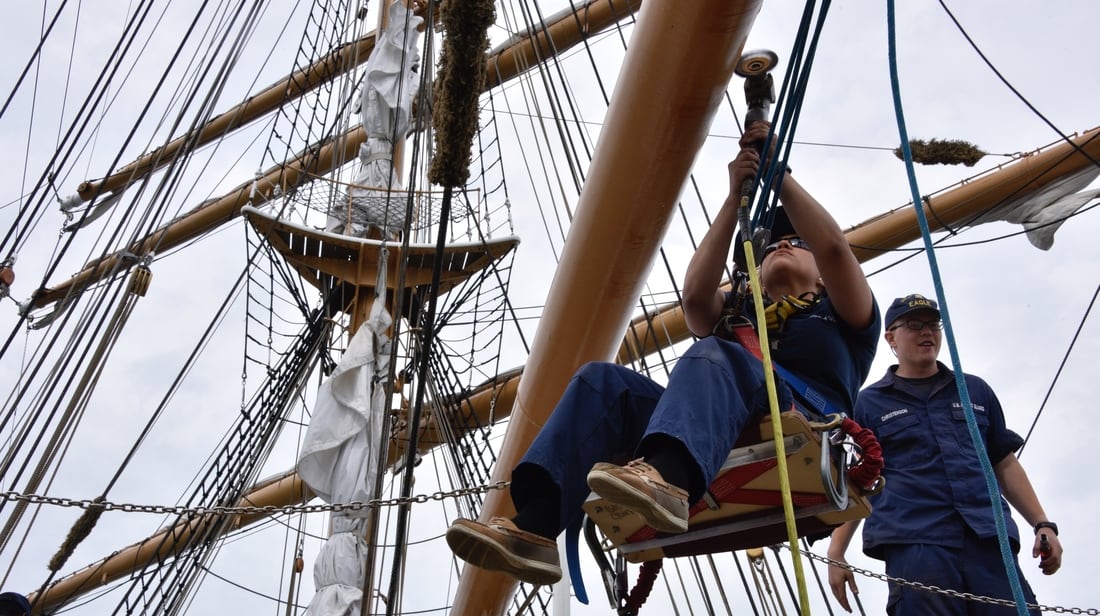
How soon after your 1968 commission were you at sea?
I graduated on a Wednesday and got married the next Saturday—pretty standard back then. I went on the high-endurance cutter Dallas, which had been commissioned three months earlier. It was one of the largest Coast Guard ships at 376 feet. I served as a deck officer, gunnery officer and as navigator for a while.
Was it what you’d hoped for?
I loved it. We did ocean station patrols in the North Atlantic, about 1,000 nautical miles off the coast of the United States.We were there for national security, rescue and oceanographic research—classic, multimission things typical of the Coast Guard.
When were you deployed to Vietnam?
In my second year, as part of the fifth wave of cutters sent over there. From Governor’s Island, N.Y., we sailed to Guantánamo Bay to do refresher training before going to the war zone. It was there that I got my first telegram. It read: “Congratulations. You are the proud father of a little girl.”
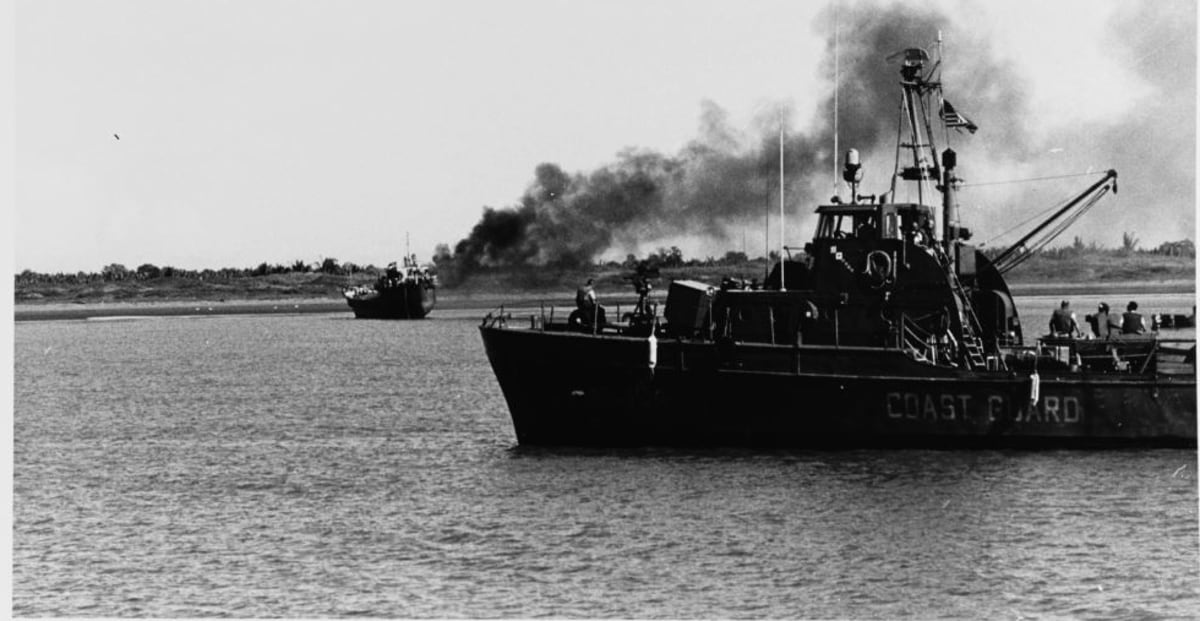
Your original orders might have led you into the Riverine Force. What happened?
I had orders to a 95-footer, which would have been a great opportunity, because after a successful command of a 95-footer, you could then become a commanding officer of an 82-footer in Vietnam. Well, the Old Man on the Dallas called a classmate of his at headquarters and had my orders changed. He said,“If I’m going to Vietnam, you’re going as my gunnery officer.”
Why was the Coast Guard in Vietnam?
Gen. William Westmoreland realized that a lot of the Viet Cong were getting resupplied by sea. The Navy ships’ hulls were too deep to interdict, and the Navy was not used to working with civilians. Interdiction has always been the Coast Guard’s function. So, in March 1965, to protect the waterside of Vietnam from resupply, Westmoreland initiated Operation Market Time. The Coast Guard was an important part of that. About a third of the fleet was over there at any one time during the war.
What’s the Coast Guard role in wartime?
It keeps its administrative control, but works for the Navy. Whatever they need done gets done — with ships still painted white. Coasties have a saying the Navy guys don’t like: “The Coast Guard is the hard-core nucleus about which the Navy forms in the time of war.”
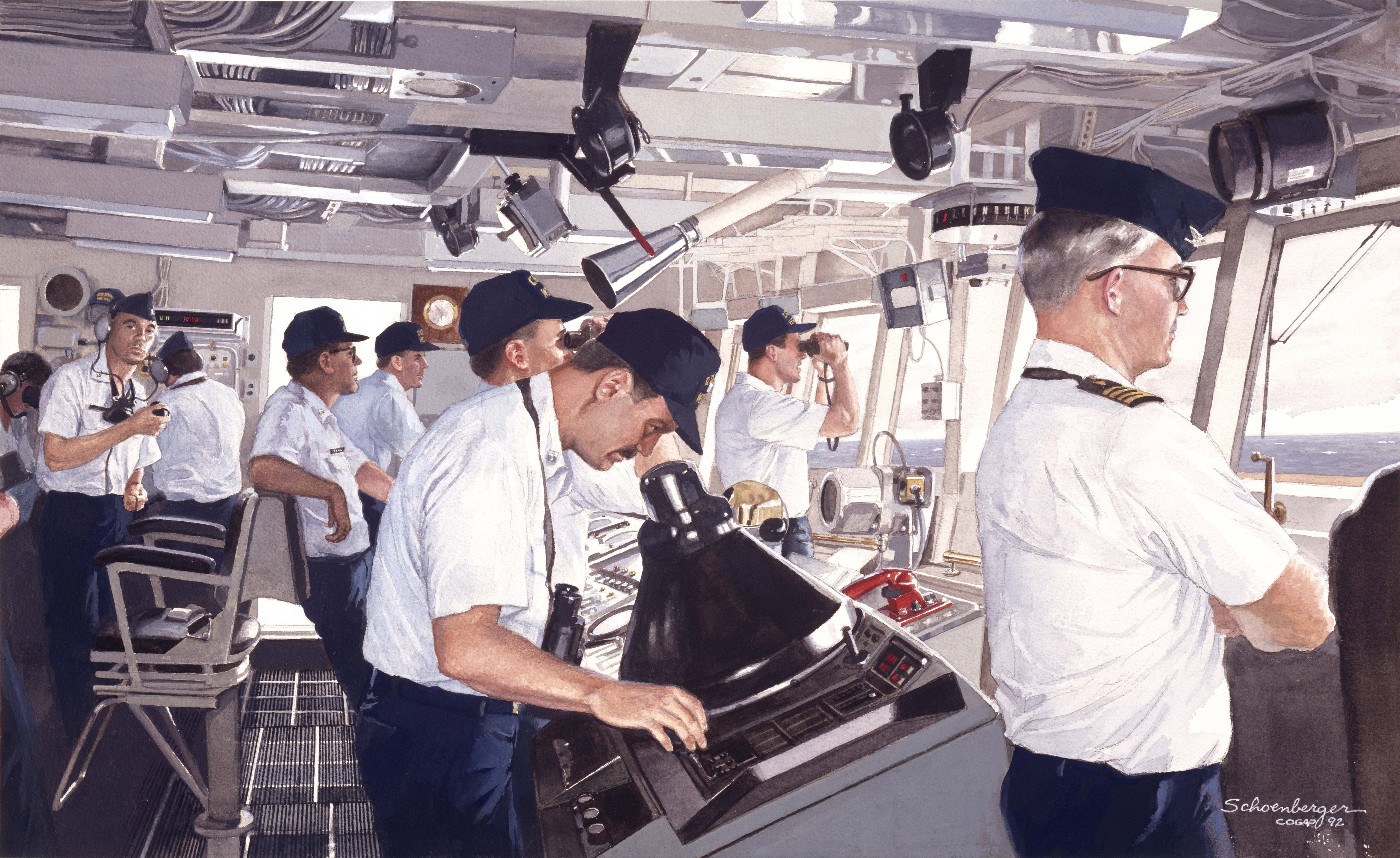
What was your tour in Vietnam like?
We were in Combined Task Force 115 on the west coast to interdict junks coming out of Cambodia to resupply the VC, and provide indirect fire support. We boarded and searched the junks for contraband. Beyond the riverine forces, this was when Coast Guardsmen were at greatest risk, as the junks could be booby-trapped.
How important was indirect fire for Dallas, and for you as gunnery officer?
The great thing about being in a shallow hull was that we could get in close, so with a spotter on the beach we could fire effectively with our big gun, a 5-inch/38. Dallas shot more rounds than any other Coast Guard ship in Vietnam: 7,665 rounds of mostly reworked World War II ammo. We fired antipersonnel rounds that would explode about 100 feet above the ground and spread shrapnel; delayed-fuze rounds that would penetrate bunkers before exploding; and white phosphorus to start fires.
Had Dallas officers seen combat before?
No. The Old Man just missed World War II. So when we first got there, when we shot, we brought the whole ship to battle stations, sometimes several hours at a time. In those first few weeks, it seemed we were at battle stations almost all the time. We thought,We can’t keep this up.We had to figure out what “ops normal” would look like. Finally, we got to where the crew wouldn’t even wake up when we fired.
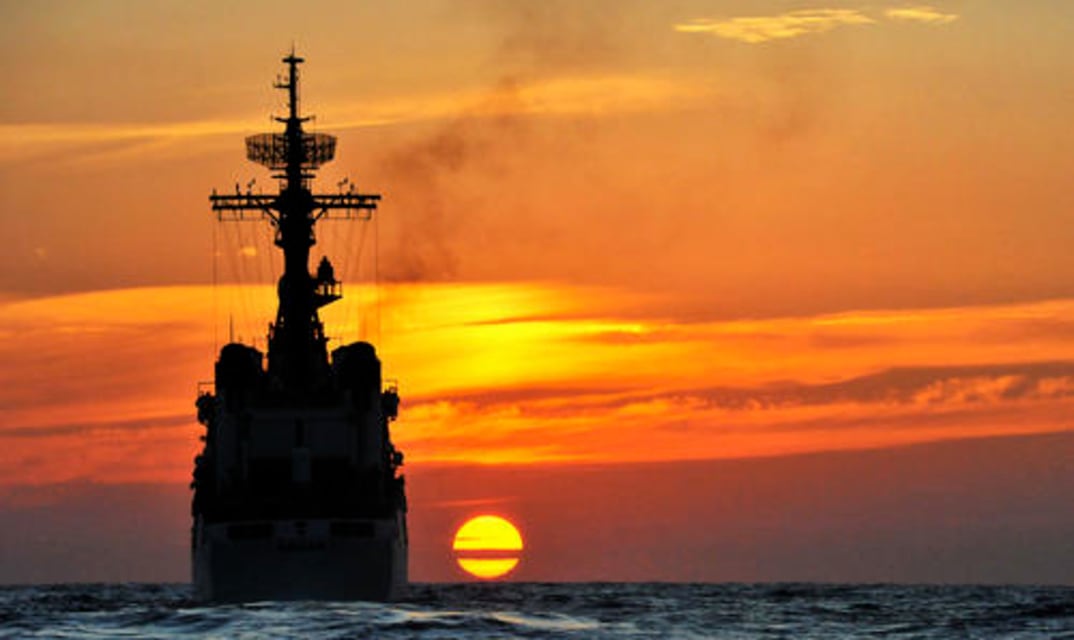
How successful was your indirect fire?
We could get in tight and had good range. During our deployment, they came out with a rocket-assisted projectile that added about 10 miles. The only problem was, the propellant took up some of the place of the charge so the blast was not as effective, but the range was awesome. It surprised the hell out of the VC. Dallas was credited with 161 gunfire support missions—a lot for one cutter—58 sampans and 29 VC supply route bases and camps destroyed. We shot so much that we had to get a new barrel installed at Subic Bay.
Did you ever come under enemy fire?
No. Actually the greater risk came from shooting the reworked ammo. Sometimes those suckers would explode a couple hundred yards out of the barrel. I still have a big piece of shrapnel that hit four inches above my head from a round like that.
Did you have much direct contact with our forces on the ground?
I only went in-country a few times. But at night, we were stationary off a river where there was a small Army detachment. These guys had audio sensors and metal detectors around the base camp perimeter. At night they would call us for rounds if the sensors picked up any movement. They called us the floating Hilton — we had great food and a movie every night. We’d often go in and pick up guys so they could spend the evening with us, take a hot shower and sleep in real sheets. You’d have thought we were giving these guys the world. We also went in and built a dispensary they could use for the local community.
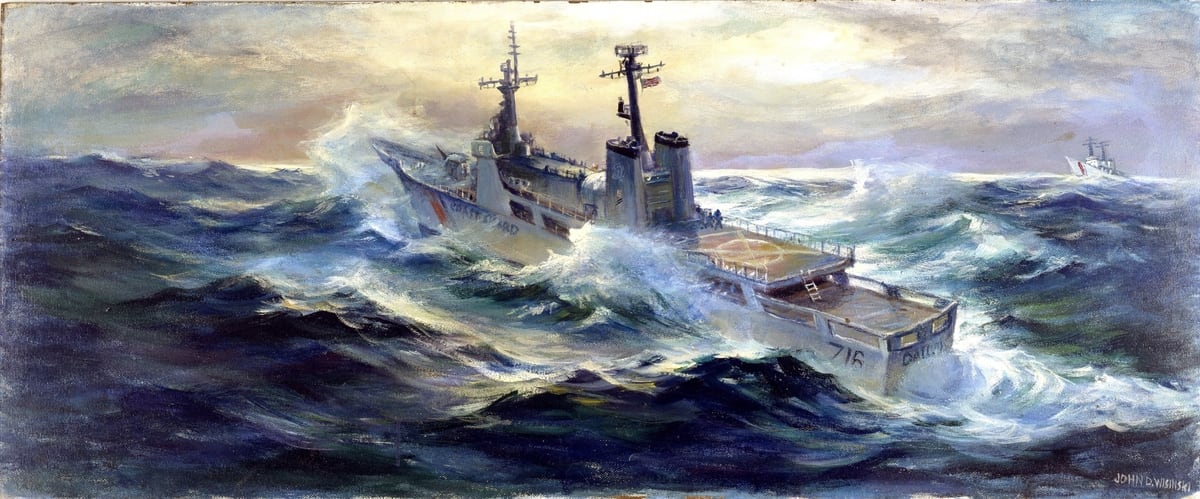
Did you consider another tour?
I loved it. If I hadn’t been married with kids, I would have kept volunteering to stay. Back home, I taught piloting, celestial navigation and gunnery at officer candidate school at Yorktown for two years, then went to grad school to learn physics to go teach at the Coast Guard Academy. While I was there, my wife became critically ill. I was selected for lieutenant commander and ended up as assistant dean. But my wife was dying and I had four kids, so I left the service after eight years. I stayed in the Coast Guard Reserve, reaching the highest rank, serving as rear admiral for two years.
How did you become president of Norwich University?
I worked at the University of Delaware and finished my doctoral work, then spent seven years at Drexel University. In 1992 I was chosen for the Norwich job, and I’m still trying to make kids great officers.
What’s the story behind the pilot study related to PTSD you are spearheading?
We have always made strong, smart and courageous officers, but we just haven’t equipped them for the emotional scars of war. Because of repeated combat deployments, kids are coming home with PTSD in huge numbers. We started working with the David Lynch Foundation two years ago on a pilot study, teaching our students transcendental meditation. For guys like me, all we remember about TM is the Maharishi and The Beatles. But let me tell you, there is a lot of science to this. My students at Norwich are in a highstress environment. My theory is, if TM works for them here, and it works for veterans when they return, it should work for soldiers in combat situations. If a leader is not as stressed out in combat, that would be a good thing for the troops. We will be tracking our students through their combat careers and after. I feel so strongly about this. If Vietnam vets who still suffer from PTSD haven’t tried TM, they need to.
How did the Vietnam War influence you?
You know, there are still walking wounded from Vietnam—those who haven’t reconciled their experience in their minds and who wonder if they were doing something wrong. Kids from Norwich know they are doing the right, honorable thing by serving their country. My Vietnam and Coast Guard experience made me committed to educating and producing professional junior officers for the country. It’s the most important thing I can do in my life.
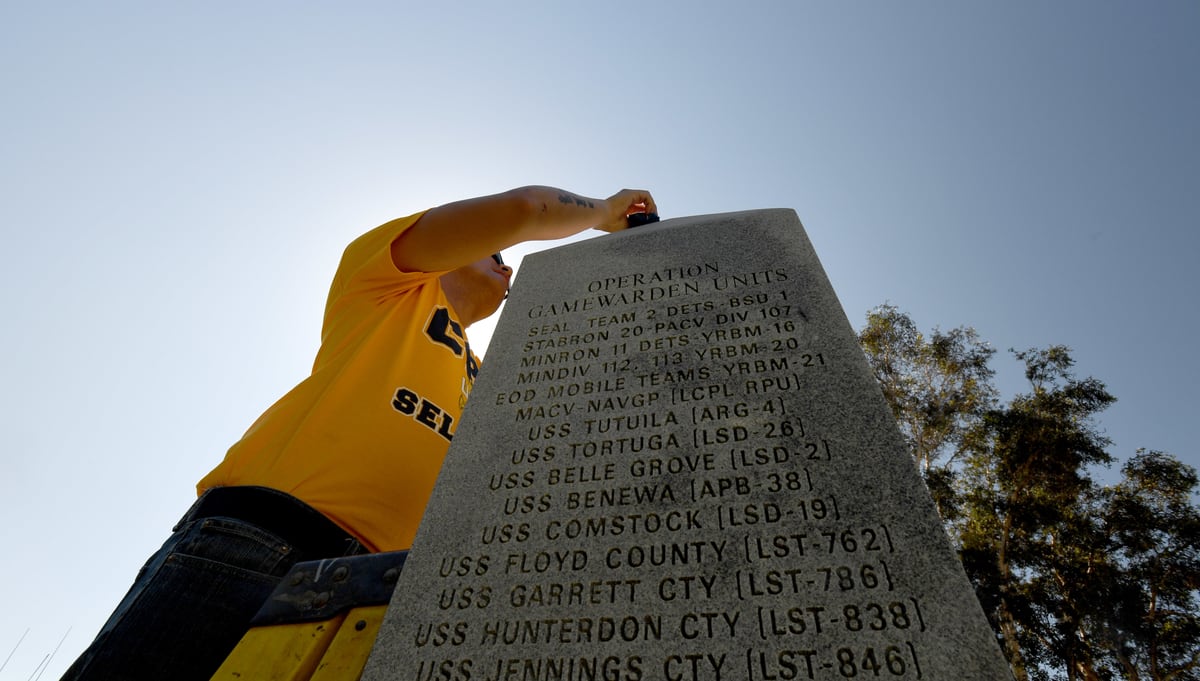
This interview was originally published in the October 2013 issue of Vietnam, a sister magazine to Navy Times. To subscribe, click here.



